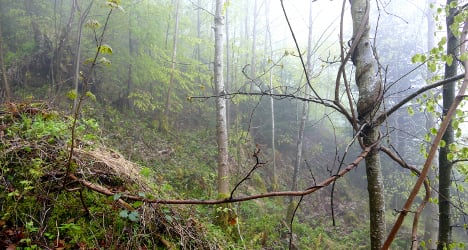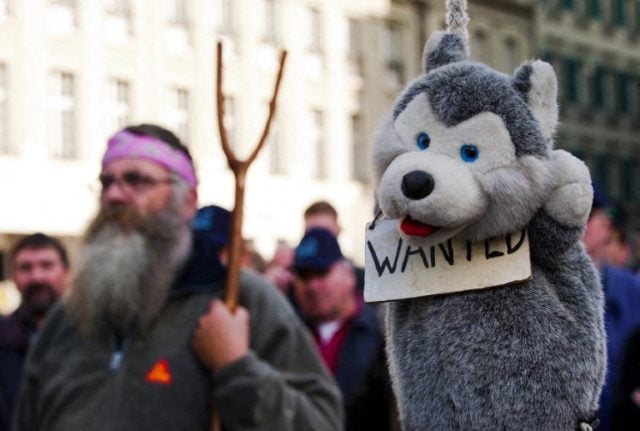A report issued by forestry research institute WSL said that kiwi plants were found this year growing in the wild in Stans, in the canton of Nidwald, in an area of forest devastated by a violent storm in 1999.
The plant was strangling young sycamore trees that had sprung up since the Lothar cyclone, causing damage to their trunks, said the report.
Their attacker was identified as a particularly virulent species of kiwi plant, Actinidia deliciosa, which is native to China and known for its invasive character.
It was introduced to New Zealand in 1904, and is now considered an invasive plant.
Between 1998 and 2005 the New Zealand government spent NZ$523,000 trying to eradicate the plant after it took over a forest in the Bay of Plenty, said the report.
There, the plant’s seeds are usually spread by a particular bird native to New Zealand.

The creeping kiwi plant wraps itself around other trees. Photo: Oswald Odermatt /WSL
In Switzerland, kiwi plants are cultivated for their fruit on farms but have not been considered problematic.
But the discovery of the plant growing in the wild in Stans, as well as parts of Ticino, suggests that Swiss birds may now have a taste for kiwi seeds as well — something which could well become a problem.
“The fact that a kiwi seed can germinate in the middle of the forest leads us to conclude that native birds are spreading the seeds and we must now keep an eye on it,” said the report.
According to the report, the kiwi plant can’t survive very well in cold temperatures, but the relatively mild weather in March and April allowed it to thrive.
Some 20 hectares of land are dedicated to cultivating kiwis in Switzerland, notably in Vaud.
The country’s biggest producer, the Domaine de la Pêcherie et de la Frésaire in Allaman, produces around 80 percent of Swiss kiwi fruits, around 400 tonnes annually.



 Please whitelist us to continue reading.
Please whitelist us to continue reading.
Member comments